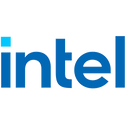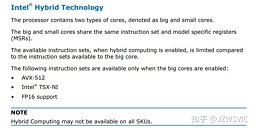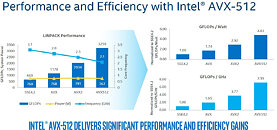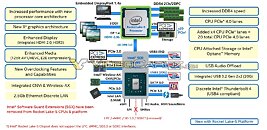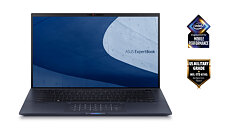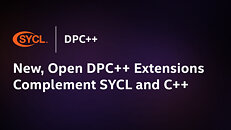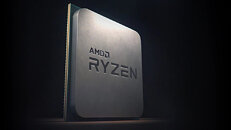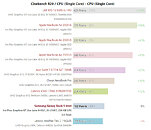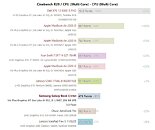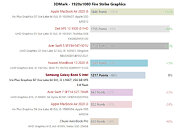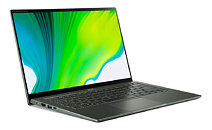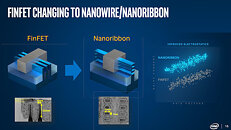
GALAX Readies Several New LGA1200 and AM4 Motherboards for the North American Market
GALAX announced plans to launch its motherboard product line in the North American market. The company will dip its toes in the market with entry-level and mid-range products, targeting both Intel Socket LGA1200 and AMD Socket AM4. For both sockets, GALAX appears to be using entry/mainstream chipsets. The LGA1200 product line consists of models based on the Intel H410 and B460 chipsets, while the AM4 line is based on the B550 chipset as AMD is yet to launch its entry-level A520 chipset. From the looks of it, GALAX's boards are pretty basic, and possibly all sub-$100 segment. The company didn't reveal specifics such as launch dates or pricing.

